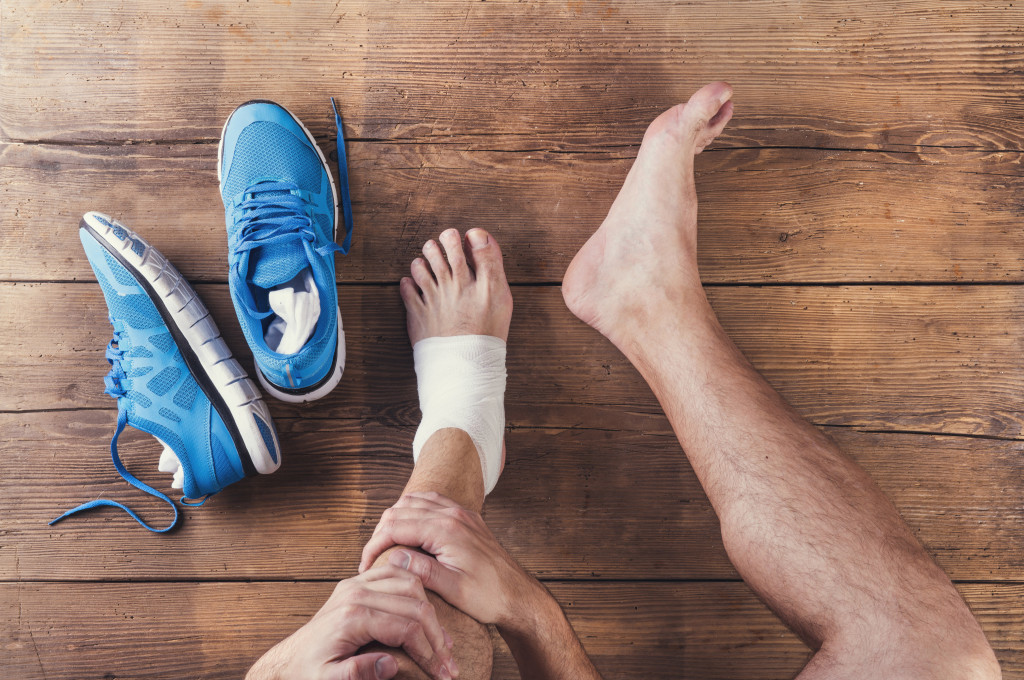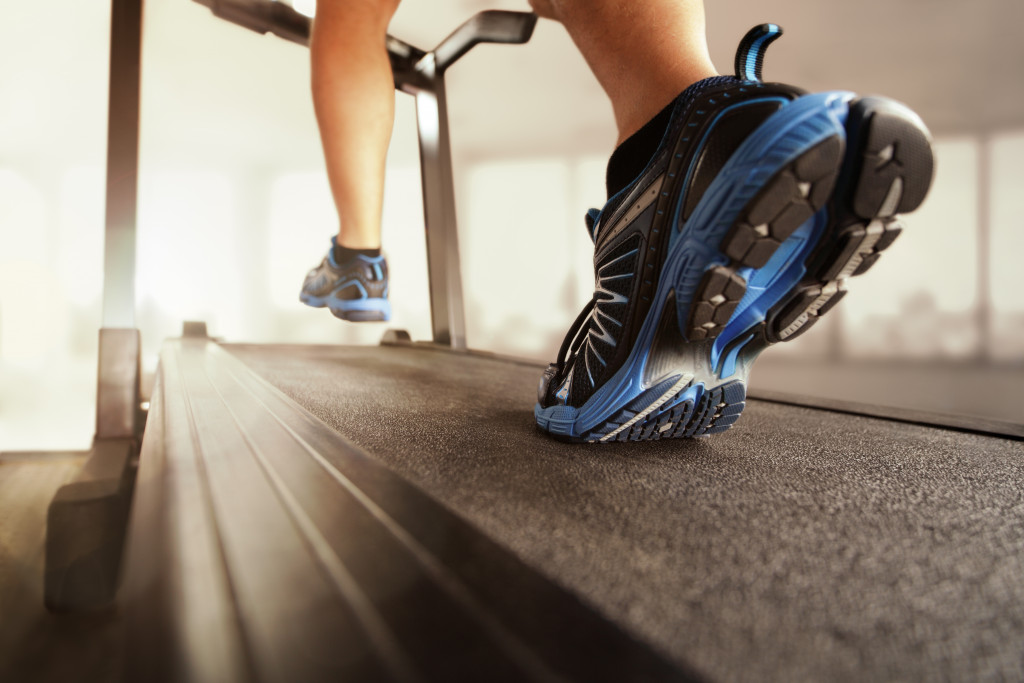- Proper footwear is essential for an active lifestyle, as it helps improve performance and reduces the risk of injury.
- When shopping for athletic shoes, select a shoe that is specific to the activity you’ll be engaging in.
- Different types of physical activities require different types of shoes, like cross-training shoes, which offer lateral support for side-to-side movements.
- Avoid making common mistakes such as choosing style over comfort or using regular sneakers instead of sport-specific ones.
When it comes to leading an active lifestyle, many people focus on the physical activities they engage in such as running, hiking, or playing sports. While these are important factors, what often gets overlooked is the importance of proper footwear. Choosing the right shoes can make a significant difference in your overall performance and reduce the risk of injury. Find out why proper footwear is crucial for an active lifestyle and what you should look for when selecting shoes.
Why proper footwear matters
Your feet are your foundation and play a critical role in supporting your body during physical activity. Wearing improper footwear can lead to discomfort, pain, and even injuries such as sprains or stress fractures. This is especially true for those who engage in high-impact activities such as running or jumping.
Proper footwear can help improve your performance by providing support, cushioning, stability, and traction where needed. For example, running shoes are designed to absorb shock and provide stability while basketball shoes offer extra ankle support to prevent sprains.
Improper footwear can have a negative impact on the health of your knees. Wearing ill-fitting or poor-quality shoes can throw off your natural gait and alignment, putting extra strain on your joints. This strain increases the risk of developing knee pain or further injury in the ligaments and tendons that support the knee joint. That’s why it’s important that you choose proper-fitting shoes to alleviate knee pain and prevent serious damage to ligaments.
What to look for when selecting shoes
When shopping for athletic shoes, it’s essential to consider several factors before making a purchase.
1. Activity-specific shoes
Different types of physical activities require different types of shoes. Running shoes have features that are specific to running such as cushioning and flexibility, while cross-training shoes offer more lateral support for side-to-side movements. Make sure you select a shoe that is designed specifically for the activity you’ll be engaging in.

2. Proper Fit
The fit of your shoe is critical for comfort and performance. Your toes should have enough room to wiggle without feeling cramped, while the heel should fit snugly without slipping out of the shoe. It’s recommended that you try on new shoes at the end of the day when your feet are slightly swollen from being on them all day.
3. Arch Support
Your foot arch plays a vital role in absorbing shock and distributing weight throughout your foot during exercise. If you have flat feet or high arches, it’s essential to select a shoe with adequate arch support that matches your foot type.
4. Cushioning
Cushioning provides shock absorption during high-impact activities like running or jumping. Shoes with too little cushioning can lead to discomfort, while those with too much cushioning can feel spongy and unstable.
5. Traction
Traction refers to how well your shoe grips the ground during physical activity. Shoes with good traction prevent slip and fall while providing stability during lateral movements.
Common footwear mistakes
Even if you’ve selected a pair of athletic shoes that meet all the criteria mentioned above, there are still mistakes you could be making that may compromise their effectiveness.
1. Choosing style over comfort
Choosing style over comfort when it comes to footwear can be a costly mistake. Not only can it affect your performance, but it can also lead to pain and injury. Tight-fitting shoes can restrict circulation in your feet resulting in numbness, tingling sensations, or even damage to nerve endings. Poorly fitting shoes not only limit mobility but also increase friction between the foot and shoe which can lead to blisters and calluses.

2. Wearing old shoes
Athletic shoes lose their effectiveness over time due to wear and tear from use or exposure to environmental conditions such as heat or moisture. It’s recommended that you replace your athletic shoes every six months or after 400 miles of use (whichever comes first).
3. Not breaking in new shoes
New athletic shoes need time to break in properly before they become comfortable enough for regular use. Wear them around the house or take short walks before using them for intense physical activity.
4. Using everyday sneakers
Using everyday sneakers instead of sport-specific ones could lead to discomfort because they are not specifically designed for athletics; therefore, they lack necessary features like arch support or traction.
Proper footwear is essential for an active lifestyle. It can help improve your performance and reduce the risk of injury while preventing knee pain. When shopping for athletic shoes, make sure to select a shoe that is specific to the activity you’ll be engaging in and offers arch support according to your foot type. Avoid making common mistakes such as choosing style over comfort or using regular sneakers. With these considerations in mind, you should have no problem finding a pair of athletic shoes that meets all your needs!

